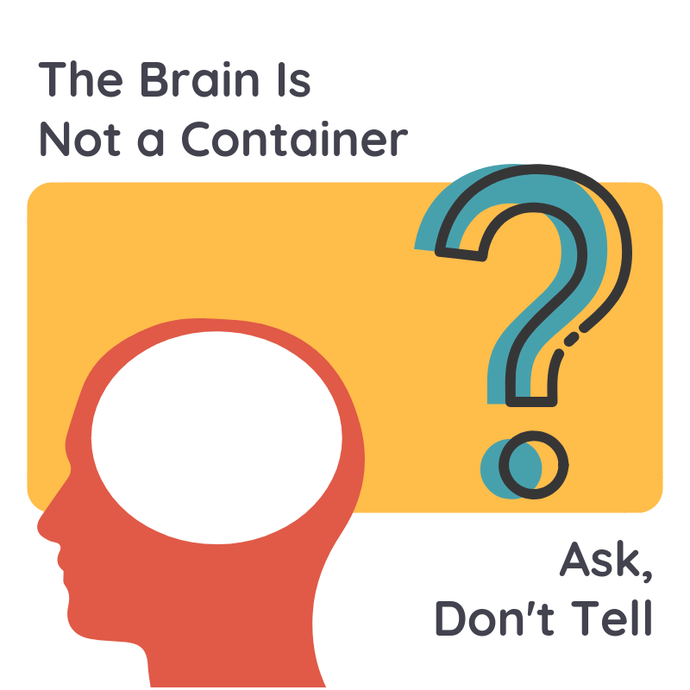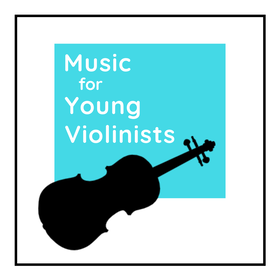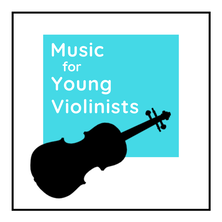From the 1-Minute Pedagogy Series1 - Minute Pedagogy is a series of 6 short videos that share my favorite "pearls of wisdom" that I have received for violin teaching from colleagues and teacher trainers over the past 2 decades. Think of these little videos as us having a cup of coffee together and sharing advice and perspectives to support the work we do as teachers. Please feel invited to continue the dialogue with your own ideas in the comments on the blog or youtube channel below. I apologize for the silly grin in some of these videos. I could not help but have a gigantic smile on my face when I filmed these because I was remembering so many special people that deeply you touched my life. To view all 6 videos in this series click HERE. Do we talk too much when we teach? I once had a colleague tell me that teachers here in America tend to talk too much when we teach and for the most part, I agree. Words are not our first language and the unique nature of our work as violin teachers invites us to integrate physical sequences with cognitive patterns. We then wrap this all up in the magical expression that is music itself. Such a unique combination is difficult to contain in verbal instructions which is why I suggest we do an inventory of how much talking we do when we teach and assess if this amount of language is as necessary as we may be in the habit of doing and also consider what options we have instead of words to communicate our teaching point.
Words go through our ears and into our brain where they can be interpreted in a multitude of ways which may not even match the intent of the instructor. Touching a body part relevant to the technique being studied, modeling with our own playing and reserving enough space in the lesson time to accomplish enough repetitions so the student can synthesize the information and correctly repeat in their home practice are integral to a successful learning experience. Certainly language is helpful in the process but if we talk too much we are not as effective as if we balance our teaching with training the muscle memory and inflecting meaning into the music. Additionally, we can use the tone of our voice, the spacing between words and facial gestures to communicate a sense of awe and wonder for this incredible process of learning music and stress the priorities of our teaching points. SILENT TEACHING CHALLENGE: If you really want to have some fun with this, take out a timer and have a playful challenge with your student or class to see how long you can go without speaking. You will be amazed at how this captivates your students while preserving your energy and best of all this is very effective for getting focused work accomplished. How do you communicate with your students in your teaching? What are some ideas you have for non-verbal teaching techniques? Please share in the comments below.
6 Comments
The brain is not a container that we dump information into, the brain is a problem solver. One of the most powerful ways you can work with your children and students is to use questions.  When we ask the brain a question, the brain will search for the answer. Understanding this explains the phenomenon that happens when you run into someone you know at the grocery store but can not remember their name. Later when you are falling asleep your brain remembers their name. That is because you asked your brain a question and although it took several hours to answer, it was diligently finding the answer for you. This philosophy of “Ask, Don’t Tell” is one of the cornerstones of my teaching. It does not matter if the student accomplished the goal, it matters if they know that they accomplished the goal. We may enthusiastically exclaim “Good Job!” when a student has successfully achieved what we were aiming to convey, but we do not know if they were aware of what they accomplished - this is where questions come in. Questions both create awareness and are using the brain as it is intended - to solve problems. Since we only see our students briefly once a week, it is imperative that we set them up in a way that they know how to work when they are practicing by themselves. Questions are a powerful tool to help us create students that are aware of and able to use their time best when practicing at home. Below is a short clip from my parent talk "Creating a Culture of Success" that goes into more detail on the concept of "Ask, Don't Tell." |
Categories
All
Archives
February 2024
AuthorHi! It's me, Heather. I absolutely love working on the Music for Young Violinists project and all the many facets: blogging, website, music, teaching materials, freebies, videos, newsletter and giveaway contests. The best part is connecting with you so feel free to drop me a line. You can learn more about me on the "ABOUT" page. Thanks! |

 RSS Feed
RSS Feed
